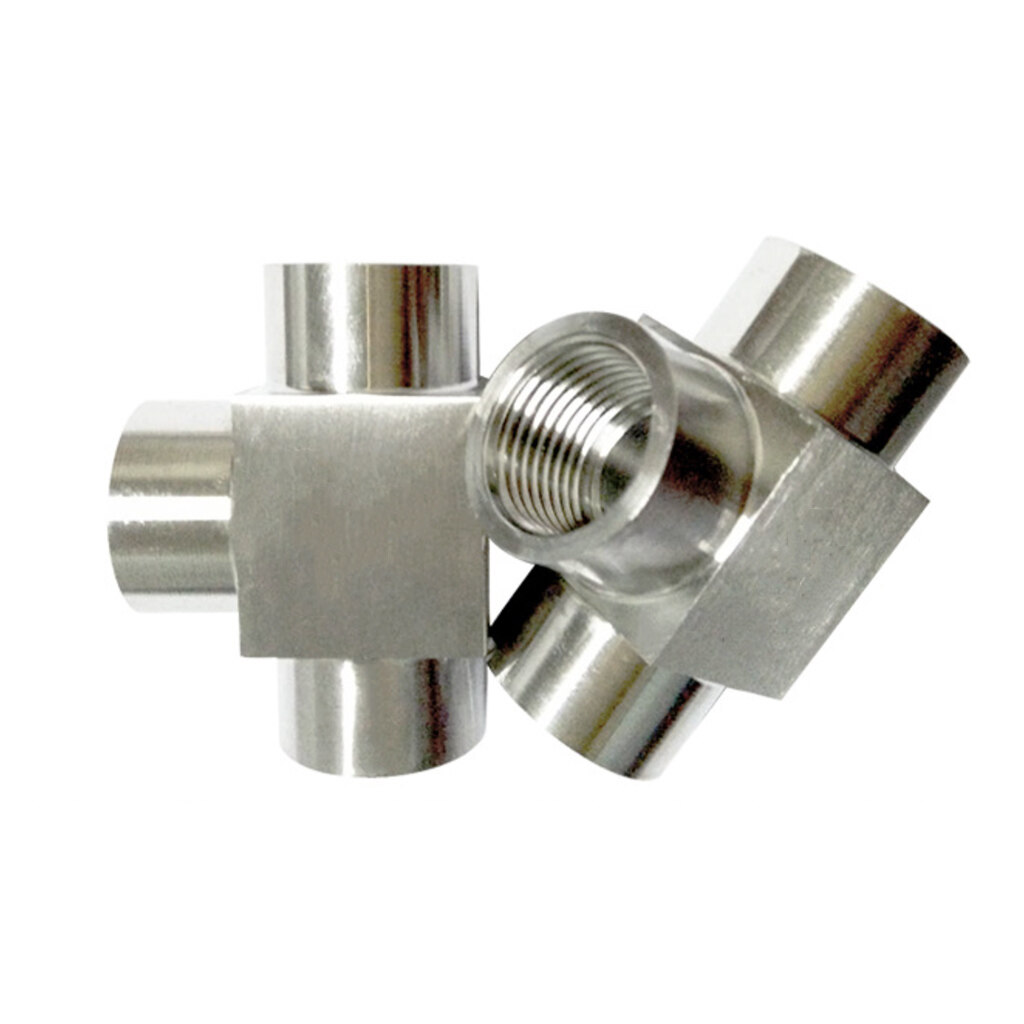Email format error
Email cannot be empty
Email already exists
6-20 characters(letters plus numbers only)
The password is inconsistent
Email format error
Email cannot be empty
Email does not exist
6-20 characters(letters plus numbers only)
The password is inconsistent
high pressure stainless steel pipe fittings
High pressure stainless steel pipe fittings are components used to connect high pressure piping systems. These fittings are typically made of stainless steel, a corrosion-resistant material that can withstand high temperatures and pressures.
Stainless steel pipe fittings for high pressure applications come in a variety of types and sizes to fit different types of pipes and systems. Some common types include:
Butt-weld fittings: These are welded directly onto the pipe, creating a permanent and leak-free connection. They are commonly used in applications where high pressure and temperature are present.
Socket-weld fittings: These have a socket at one end that fits over the end of the pipe, and are welded in place. They provide a strong and reliable connection and are commonly used in high pressure systems.
Threaded fittings: These have threads on both ends that allow for easy installation and removal. They are commonly used in applications where frequent maintenance or repairs are required.
Stainless steel pipe fittings for high pressure applications are designed to withstand extreme conditions, including high pressure, temperature, and corrosive environments. They are also highly resistant to corrosion, which makes them ideal for use in harsh environments.
When selecting high pressure stainless steel pipe fittings, it is important to consider factors such as the size and type of pipe, the pressure and temperature of the system, and the type of fluid being transported. Proper installation is also important to ensure a secure and leak-free connection.
High pressure stainless steel pipe fittings are a reliable and durable component for connecting pipes in a variety of industrial applications where high pressure and corrosive environments are present.
Additional information on high pressure stainless steel pipe fittings includes:
Material composition: High pressure stainless steel pipe fittings are typically made from 316 grade stainless steel, which contains molybdenum for added corrosion resistance. Other grades of stainless steel may be used for specific applications, such as 304 or 321 stainless steel.
Connection types: Stainless steel high pressure pipe fittings can have different types of connections, such as butt weld, socket weld, or threaded connections. The type of connection used depends on the system design and requirements.
Pressure rating: High pressure stainless steel pipe fittings are designed to handle a wide range of pressure ratings, typically ranging from 3000 PSI to 10,000 PSI or higher. The pressure rating of the fitting should match the pressure rating of the pipe and the system.
Applications: High pressure stainless steel pipe fittings are commonly used in industries such as oil and gas, chemical processing, power generation, and petrochemical. They are often used to connect high pressure piping systems to pumps, valves, and other equipment.
Installation: Proper installation of high pressure stainless steel pipe fittings is critical to ensure a secure and leak-free connection. This includes proper alignment of the pipe and fitting, proper torque on threaded connections, and proper welding procedures for butt weld and socket weld fittings.
High pressure stainless steel pipe fittings are a reliable and durable component for connecting pipes in high pressure and corrosive environments. They are designed to withstand extreme conditions and provide a secure and leak-free connection for a variety of industrial applications.
304 Stainless Steel Tee Type High Pressure Fitting Fittings
Tee fittings are typically used at the branch pipes of the main pipe to change the direction of the fluid. can be categorized based on pipe diameter. Three openings, one inlet, two outlets, or two inlets, one outlet, are present on the tee. It is a chemical pipe fitting with equal- and different-diameter nozzles in T and Y shapes. Where two or more pipelines come together, it is used in three places.

